
Zero rectifier regulator schematic
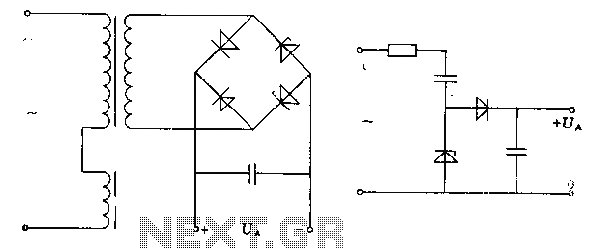
The pre-regulator circuit is connected to a capacitor and a resistor element. The regulator operates in its conducting direction through the input. A capacitor is connected to AC power, and in the blocking direction, it limits the current, allowing the capacitor to recharge, which stabilizes the output voltage. The bridge circuit experiences a relatively large voltage ripple; however, due to its direct connection to AC power, it consumes less current.
The described pre-regulator circuit serves as an essential component in power supply applications, where it plays a critical role in managing voltage levels and ensuring stability in the output. The circuit typically consists of a capacitor, a resistor, and a voltage regulator. The capacitor is connected to the AC power source, which allows it to store energy and smooth out fluctuations in voltage.
In this configuration, the capacitor acts as a filter, charging when the AC voltage exceeds a certain threshold and discharging when the voltage drops, thereby providing a more stable DC output. The resistor element is integrated to limit the current flow, preventing excessive charging of the capacitor and ensuring that the system operates within safe parameters.
The regulator within the circuit is designed to maintain a consistent output voltage despite variations in the input voltage or load conditions. It achieves this by conducting current in one direction, effectively controlling the voltage delivered to the load. This regulation is crucial for sensitive electronic devices that require a stable power supply for optimal performance.
The bridge rectifier circuit, while effective in converting AC to DC, can introduce a significant voltage ripple in the output. However, the direct connection to the AC power supply minimizes current consumption, making the circuit efficient in terms of energy usage. The design must consider the trade-off between ripple voltage and power efficiency, as high ripple can affect the performance of downstream components.
In summary, this pre-regulator circuit is vital for applications requiring stable voltage levels, utilizing a capacitor for energy storage and current limiting, alongside a regulator to ensure consistent output. Proper design and component selection are essential to optimize performance and reliability in various electronic systems.The pre-regulator circuit connected to the capacitor, resistor element. Regulator in its conducting direction through the input capacitor connected to AC power, and in the blocking direction to limit the current, so that the capacitor recharge followed, so that the output voltage stability. The bridge circuit voltage ripple relatively large, but due to the direct connection to AC power, it consumes less current.
The described pre-regulator circuit serves as an essential component in power supply applications, where it plays a critical role in managing voltage levels and ensuring stability in the output. The circuit typically consists of a capacitor, a resistor, and a voltage regulator. The capacitor is connected to the AC power source, which allows it to store energy and smooth out fluctuations in voltage.
In this configuration, the capacitor acts as a filter, charging when the AC voltage exceeds a certain threshold and discharging when the voltage drops, thereby providing a more stable DC output. The resistor element is integrated to limit the current flow, preventing excessive charging of the capacitor and ensuring that the system operates within safe parameters.
The regulator within the circuit is designed to maintain a consistent output voltage despite variations in the input voltage or load conditions. It achieves this by conducting current in one direction, effectively controlling the voltage delivered to the load. This regulation is crucial for sensitive electronic devices that require a stable power supply for optimal performance.
The bridge rectifier circuit, while effective in converting AC to DC, can introduce a significant voltage ripple in the output. However, the direct connection to the AC power supply minimizes current consumption, making the circuit efficient in terms of energy usage. The design must consider the trade-off between ripple voltage and power efficiency, as high ripple can affect the performance of downstream components.
In summary, this pre-regulator circuit is vital for applications requiring stable voltage levels, utilizing a capacitor for energy storage and current limiting, alongside a regulator to ensure consistent output. Proper design and component selection are essential to optimize performance and reliability in various electronic systems.The pre-regulator circuit connected to the capacitor, resistor element. Regulator in its conducting direction through the input capacitor connected to AC power, and in the blocking direction to limit the current, so that the capacitor recharge followed, so that the output voltage stability. The bridge circuit voltage ripple relatively large, but due to the direct connection to AC power, it consumes less current.
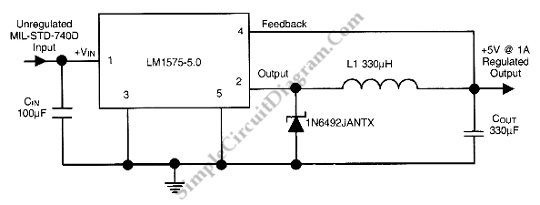
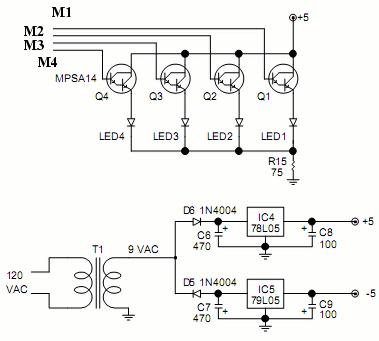
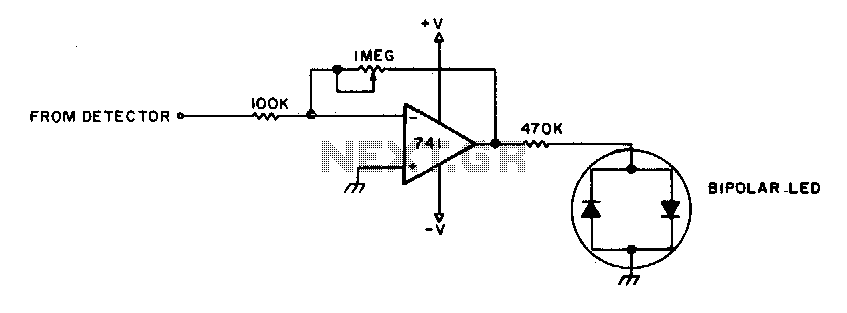
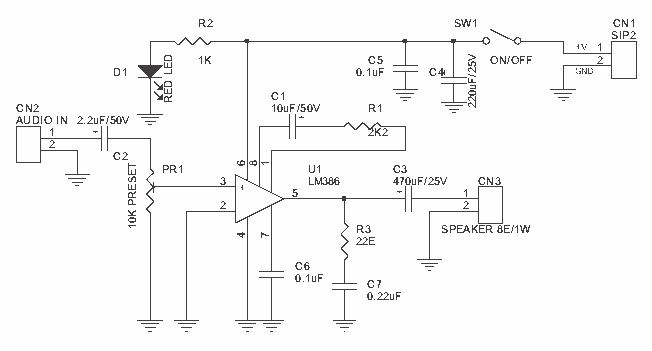
C0QBmk~%24(KGrHqIOKkIEq4M%2Bu,)1BK2zHH580Q~~_35.gif)
